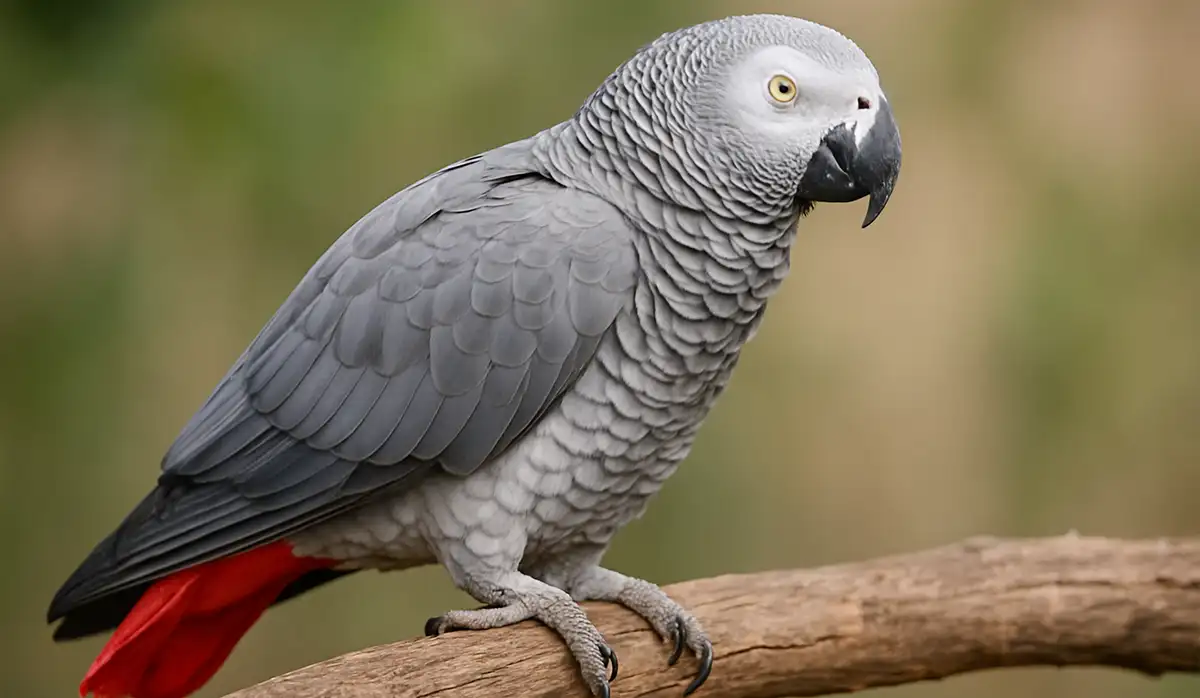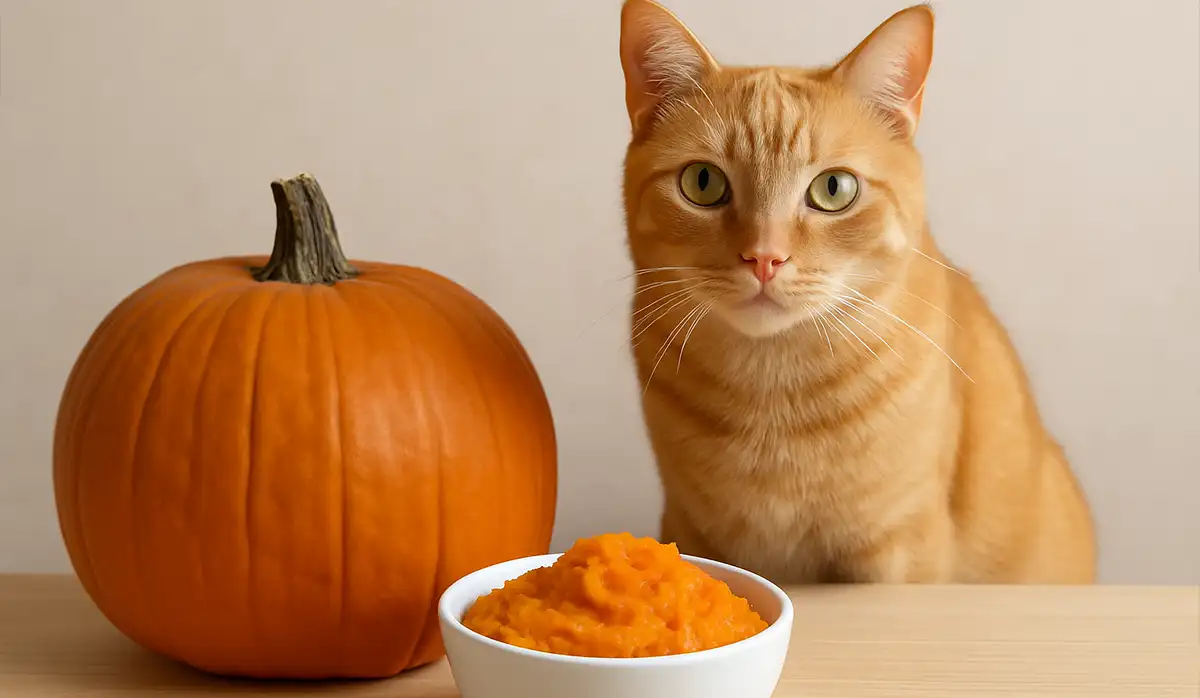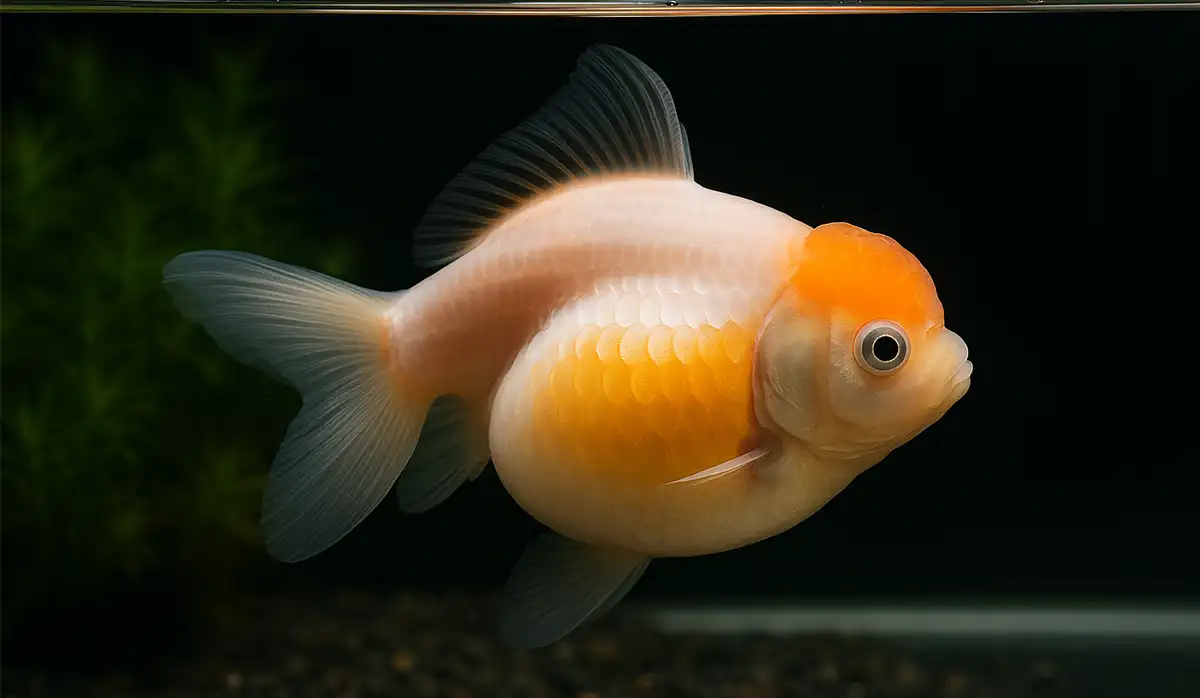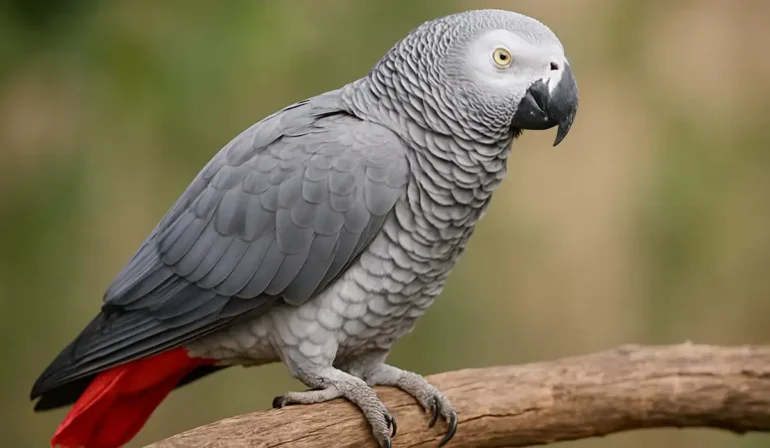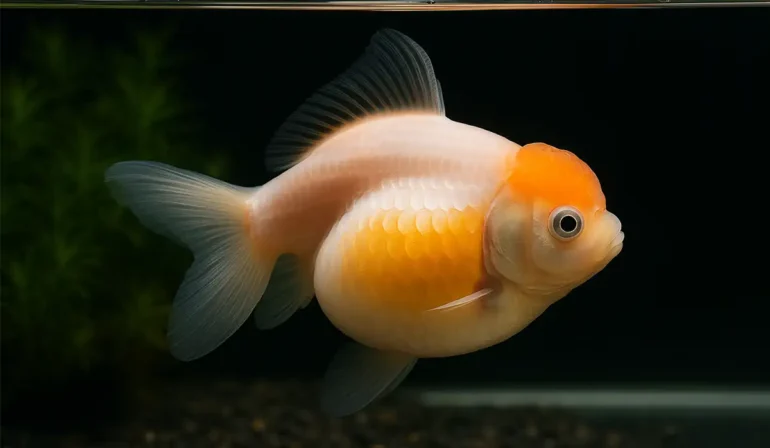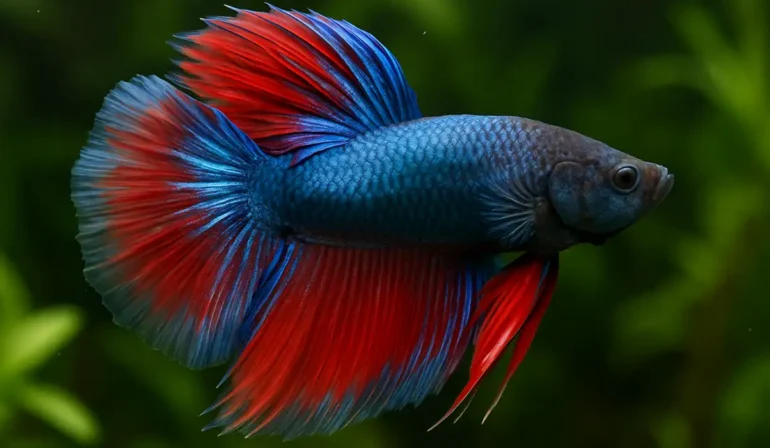Spix Macaw as a Pet: Everything You Need to Know
By Pet Luvz on March 11, 2025

Table of Contents
Introduction
The Spix’s Macaw (Cyanopsitta spixii) is one of the rarest and most extraordinary parrots in the world. Known for its stunning blue feathers and charming personality, this species has gained immense popularity among bird enthusiasts. However, due to its near-extinct status in the wild and legal restrictions, keeping a Spix Macaw as a pet comes with many challenges.
Spix Macaws are intelligent, social, and require a lot of care. Unlike other macaws, they have a more gentle temperament, making them highly sought after by bird lovers. However, their rarity and legal protection make it nearly impossible for private ownership. These birds are part of dedicated conservation programs working to restore their population in the wild. Understanding their care, behavior, and conservation efforts is crucial for those interested in these magnificent parrots.
In this article, we’ll explore everything you need to know about Spix’s Macaw as a pet, including its behavior, care requirements, legal status, and conservation efforts.
1. What is a Spix Macaw?
1.1 Brief History
Spix’s Macaw, also known as the Little Blue Macaw, was first discovered in Brazil. Over the years, habitat destruction and illegal pet trade led to its extinction in the wild, with only captive-bred individuals surviving today. Learn more about their history on BirdLife International.
For more details about exotic pets, visit PetLuvz.
1.2 Physical Characteristics
- Size: Around 22-24 inches (55-60 cm)
- Weight: Approximately 300 grams
- Lifespan: 30-40 years in captivity
- Color: Vivid blue plumage with lighter shades on the face
2. Is it Legal to Own a Spix Macaw as a Pet?
2.1 Legal Restrictions
Due to its critically endangered status, the Spix Macaw as a pet is highly regulated under international conservation laws. Ownership is generally restricted to breeding programs and conservation centers. Private individuals cannot legally own a Spix Macaw as a pet unless under special permits. Check the latest conservation efforts at the IUCN Red List.
2.2 Conservation Efforts
Organizations like the Association for the Conservation of Threatened Parrots (ACTP) and the Brazilian government have worked hard to reintroduce these birds into the wild. You can read more about these efforts at ACTP.
3. Behavior and Personality of Spix’s Macaw
3.1 Social and Intelligent Birds
Spix Macaws as pets are highly intelligent, social, and affectionate birds. They form strong bonds with their owners and require regular mental stimulation.
3.2 Vocalization and Communication
Although they are not as loud as some other macaw species, Spix’s Macaws as pets can mimic sounds and human speech to some extent.
4. Diet and Nutrition of Spix Macaw
4.1 Natural Diet
In the wild, Spix Macaws as pets feed on:
- Seeds
- Fruits
- Nuts
- Flowers
4.2 Captive Diet
If kept in captivity, they require a well-balanced diet, including:
- High-quality pellets
- Fresh fruits and vegetables
- Nuts (in moderation)
- Calcium supplements
Learn more about macaw nutrition from The Spruce Pets.
5. Housing and Cage Requirements for Spix Macaw as a Pet
5.1 Spacious Aviary
A Spix’s Macaw as a pet needs a large, well-ventilated aviary with plenty of space to fly and play.
5.2 Essential Cage Accessories
- Perches of various sizes
- Toys for mental stimulation
- Fresh water and food dishes
- Safe nesting area
6. Health and Common Issues in Spix Macaw
6.1 Common Health Problems
Some health concerns for Spix’s Macaws as pets include:
- Respiratory infections
- Malnutrition
- Stress-related feather plucking
- Beak and feather disease
6.2 Regular Veterinary Care
Routine check-ups with an avian veterinarian are crucial to ensure their well-being. Find an avian vet near you at Association of Avian Veterinarians.
7. Training and Socialization of Spix Macaw
7.1 Basic Training Tips
- Use positive reinforcement with treats and praise
- Be patient and consistent
- Teach simple commands like step-up and recall training
7.2 Importance of Socialization
Spix Macaws as pets thrive on social interaction and should be exposed to different environments and people from a young age.
8. Challenges of Keeping a Spix Macaw as a Pet
8.1 High Maintenance Requirements
These birds require constant attention, a proper diet, and a stimulating environment.
8.2 Ethical Concerns
Due to their conservation status, owning one as a pet is controversial. Supporting legal conservation programs is a better alternative.
Conclusion
While Spix’s Macaws as pets are undoubtedly one of the most beautiful and intelligent parrot species, they are not suitable for private pet ownership due to legal and ethical concerns. If you are interested in these magnificent birds, consider supporting conservation efforts and visiting sanctuaries where they are being rehabilitated. By spreading awareness and supporting responsible conservation initiatives, we can ensure that the Spix Macaw continues to thrive in the wild rather than being confined to captivity.
FAQs
1. Can I legally own a Spix’s Macaw as a pet?
No, private ownership of Spix’s Macaws as pets is highly restricted, and they are only available in conservation breeding programs.
2. How much does a Spix’s Macaw as a pet cost?
Since they are not legally sold as pets, there is no market price for them. However, illegal sales have reportedly reached hundreds of thousands of dollars.
3. What is the best alternative to a Spix’s Macaw as a pet?
If you’re looking for a pet macaw, consider Blue-and-Gold Macaws or Hyacinth Macaws, which are more commonly available.
4. How many Spix’s Macaws are left?
As of recent estimates, there are about 250-300 individuals in captivity, with efforts to reintroduce them into the wild.
5. What can I do to help save Spix’s Macaws?
You can support conservation programs, donate to wildlife organizations, and spread awareness about the importance of protecting endangered species.
YOU MAY ALSO LIKE
Top Pick
-

African Grey Parrot: A Smart, Loving, and Talkative Companion
July 22, 2025
-

5 Best Canister Filters for Crystal Clear Water in Your Pet Fish Tank
July 8, 2025
-

Is Pumpkin Good for Cats? Everything You Need to Know
July 5, 2025
-

Swim Bladder Treatment: Solutions for Aquarium Fish Health
July 3, 2025
-

7 Fascinating Betta Fish Facts Every Owner Should Know
July 2, 2025
